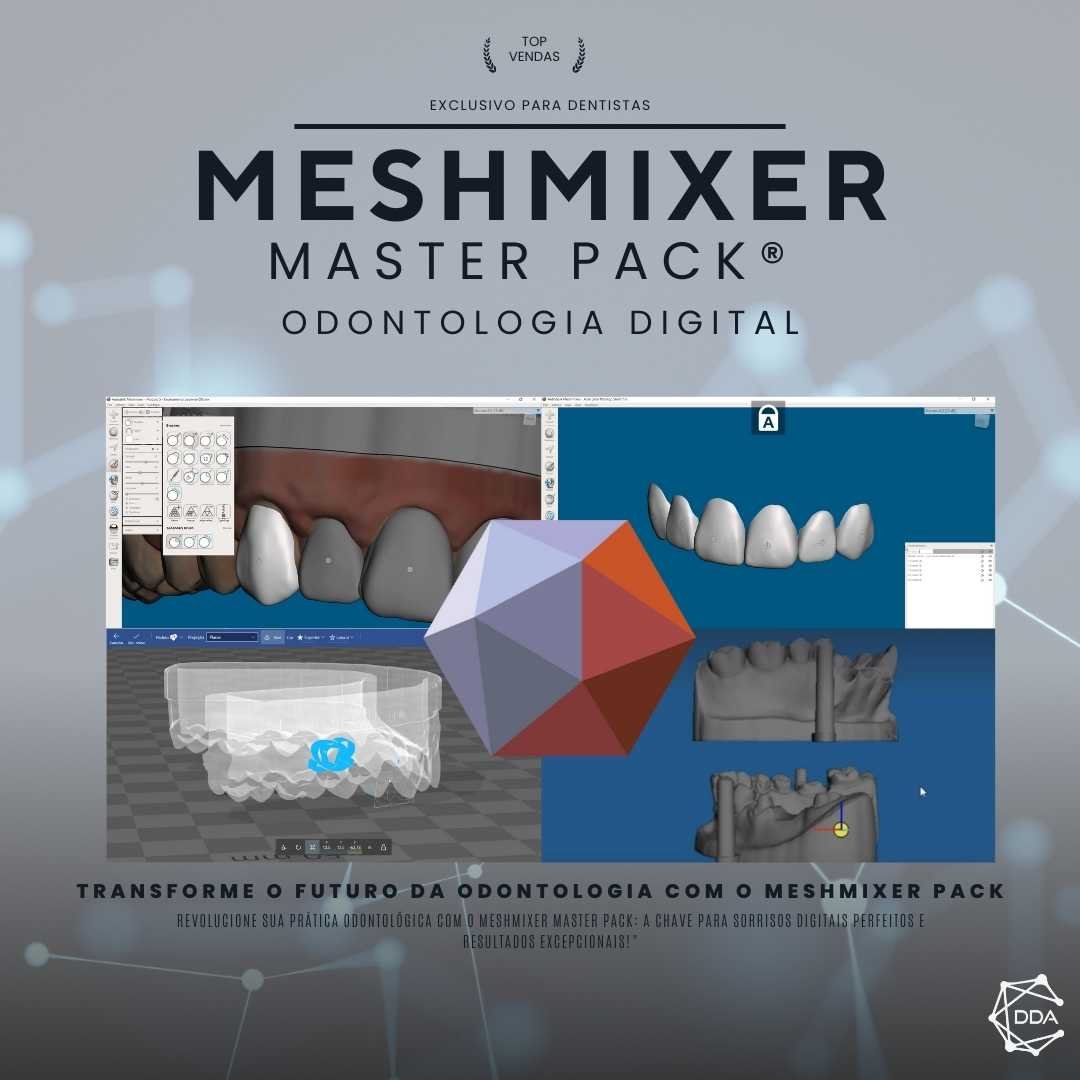What is an Articulated Arm?
An articulated arm, also known as an articulated robot, is a mechanical device made up of a series of interconnected segments that move relative to each other. These segments are called “arms” and are designed to mimic human movement, allowing the robot to perform a variety of complex tasks. The articulated arm is widely used in various industries, such as automotive, manufacturing, logistics and even healthcare.
How does an Articulated Arm work?
The operation of an articulated arm is based on a system of joints and motors that allow the segments to move. Each joint is controlled by a motor, which can be electric, hydraulic or pneumatic, depending on the type of articulated arm. These motors are programmed to move the joints in different directions and angles, allowing the articulated arm to perform precise and complex movements.
Types of Articulated Arms
There are different types of articulated arms, each designed to meet specific needs. Some of the most common types include:
Industrial Articulated Arm
The industrial articulated arm is widely used in production lines and factories, where it is responsible for tasks such as assembly, welding, painting and packaging. This type of articulated arm is designed to support heavy loads and perform precise movements, ensuring efficiency and productivity in industrial operations.
Collaborative Articulated Arm
The collaborative articulated arm, also known as a cobot, is designed to work collaboratively with humans. Unlike traditional industrial articulated arms, cobots are equipped with safety sensors and collision detection systems, allowing them to operate safely alongside human workers. These articulated arms are widely used in tasks that require human-machine interaction, such as assembling electronic components and handling materials.
Medical Articulated Arm
The medical articulated arm is used in minimally invasive surgical procedures, such as laparoscopic and robotic surgeries. This type of articulated arm is controlled by a surgeon through a control interface, allowing precise and delicate movements during the procedure. The use of medical articulated arms provides greater precision, less trauma to the patient and faster recovery.
Advantages of Using an Articulated Arm
The use of an articulated arm offers several advantages for the industries and sectors that use it. Some of the key advantages include:
Increased productivity
An articulated arm is capable of performing tasks quickly and precisely, resulting in a significant increase in productivity. By automating repetitive and time-consuming tasks, workers can focus on more complex and strategic activities.
Cost Reduction
The use of an articulated arm can lead to a reduction in operating costs. With task automation, it is possible to reduce the need for human labor, which can result in savings in financial resources.
Quality Improvement
An articulated arm is capable of performing precise and repetitive movements, which guarantees the quality and consistency of the products or services offered. This reduces the occurrence of errors and rework, resulting in better quality final products.
Security
Collaborative articulated arms are designed to operate safely alongside humans. With safety sensors and collision detection systems, these articulated arms are capable of preventing accidents and guaranteeing the integrity of workers.
Conclusion
In short, an articulated arm is a mechanical device made up of interconnected segments that mimic human movement. With different types available such as industrial, collaborative, and medical articulated arm, this device is capable of performing a variety of complex tasks in different industries. The use of an articulated arm offers advantages such as increased productivity, reduced costs, improved quality and safety. Therefore, it is an efficient and versatile solution to optimize processes and improve operational efficiency.


